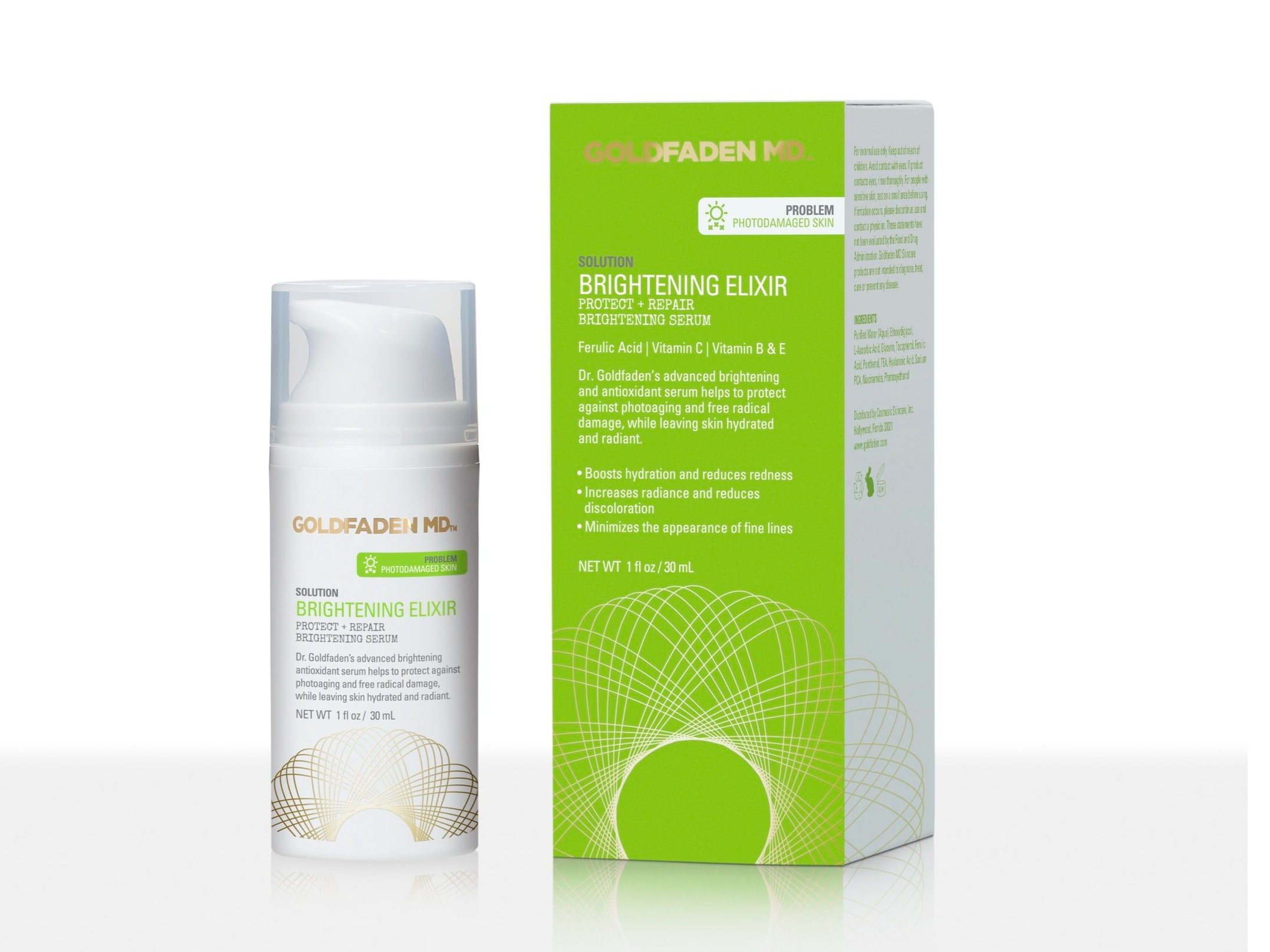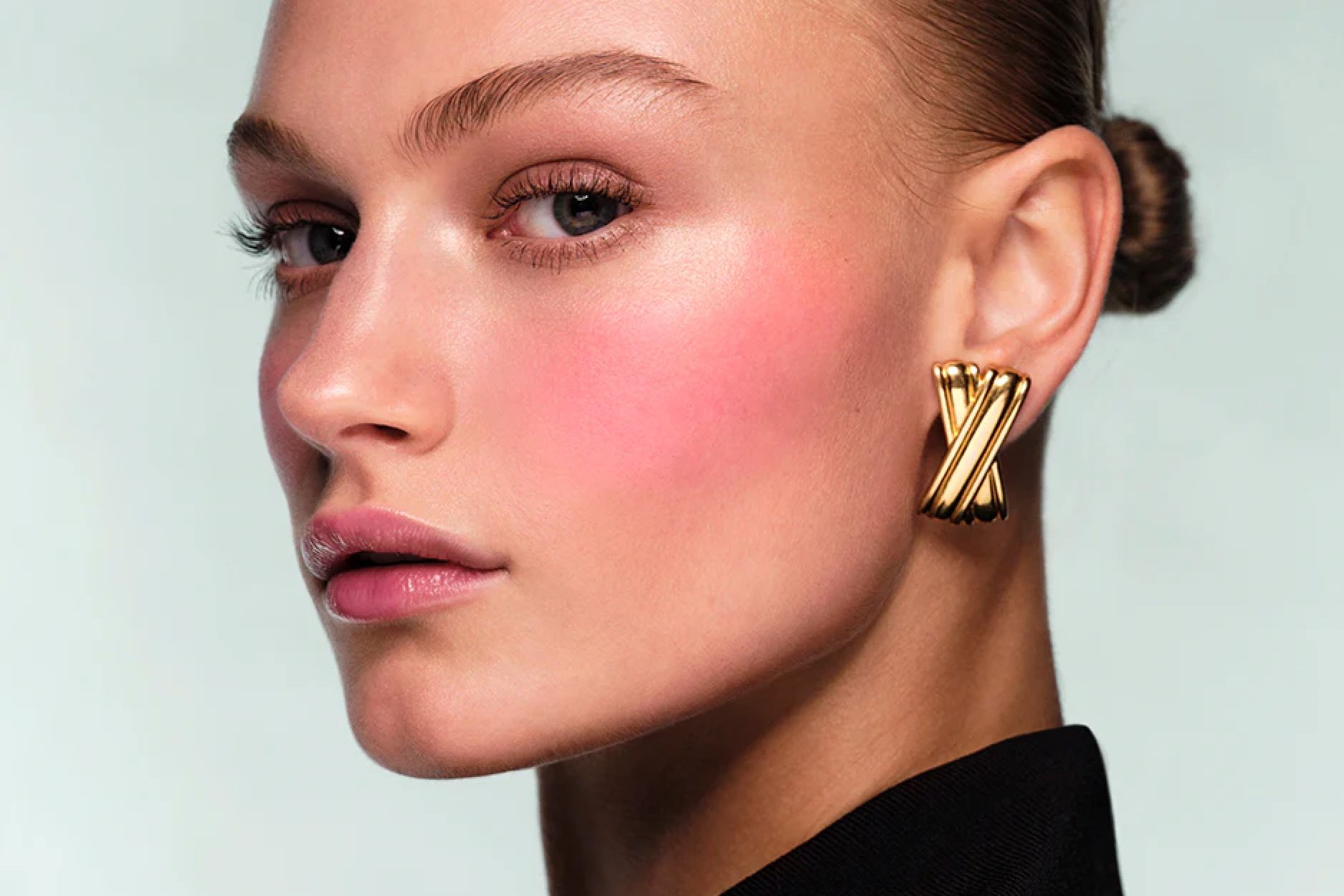Dr Goldfaden's Tips For Soothing Rosacea
Fed up with looking constantly flushed, despite not breaking a sweat, you could be one of the 5 million Brits suffering from Rosacea.
In honour of Rosacea awareness month we called in leading dermatologist Dr Goldfaden to answer everything you have ever wanted to know about managing Rosacea.
What is Rosacea?
Rosacea is a chronic or long-term disease that affects the face and sometimes the eyes. It is characterized by excessive redness, pimples, and, in advanced stages, thickening of the skin.
Who does it effect?
Rosacea affects approximately 10-15 million people in the US and is most often seen in adults between the ages of 30 and 60. It is slightly more common in women (particularly during the menopausal years) than men. Rosacea affects people of all skin colours and ethnic groups, but fair-skinned individuals are slightly more likely to develop the condition.
How do I detect Rosacea?
The earliest stages of rosacea are marked by frequent flushing of the central areas of the face, including the forehead, nose, cheeks, and chin. This may be accompanied by a burning sensation, particularly following the application of various creams or cosmetics to the face. The facial skin also may become swollen.
Most of my patients with rosacea experience an increase in the number of visible small blood vessels in their facial skin. These small blood vessels may enlarge, dilate, and pre-sent as small red lines, which are known as telangiectasias. Patients sometimes report a warm sensation in the skin. As the condition progresses, papules, pink bumps, and pustules (bumps containing pus) begin to appear on the face.
What aggravates Rosacea?
“A more natural approach would be to look at Rosacea triggers and then avoid or eliminate them from diet and lifestyle”
Some people claim that one or more of the following have aggravated their rosacea: heat, hot baths, strenuous exercise, sunlight, wind, very cold temperatures, hot or spicy food and drink, alcohol consumption, menopause, emotional stress, and long-term use of topical steroids on the face. Many patients affected by the acne-like, pustular stage of rosacea assume that their condition is caused by bacteria, anskincd indeed, topical and internal antibiotics benefit some patients. Curiously, however, researchers have not been able to identify a definitive link between rosacea, bacteria, and other organisms in the hair follicles or oil glands.
What skincare should I use?
Look for skincare with calming ingredients such as green tea, chamomile, red tea, resveratrol and Linoleic Acid (Omega 6) such as the Dr Goldfaden Pure Start Cleanser £13 followed by the Dr Goldfaden Brightening Elixir £72. Also try using green colour correcting products. Be sure to avoid Phalates, Sulfates, artificial fragrances, preservatives and mineral oil.
Dr Goldfaden
Can it be cured and what can I do to help it?
Although there is no cure for rosacea, it can be treated and controlled quite well. There are many different types of prescription medications a Dermatologist can prescribe depending on the severity of the Rosacea. IPL (intense pulsed light) has a high success rate and also keeps the complexion clear and smooth. A more natural approach would be to look at Rosacea triggers and then avoid or eliminate them from diet and lifestyle. An anti-inflammatory diet can help and also ingesting anti-inflammatory tea and herbs such as Rooibos(Red Tea), curcumin or ginger (all in the same family).
























